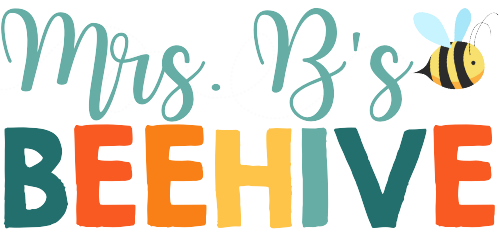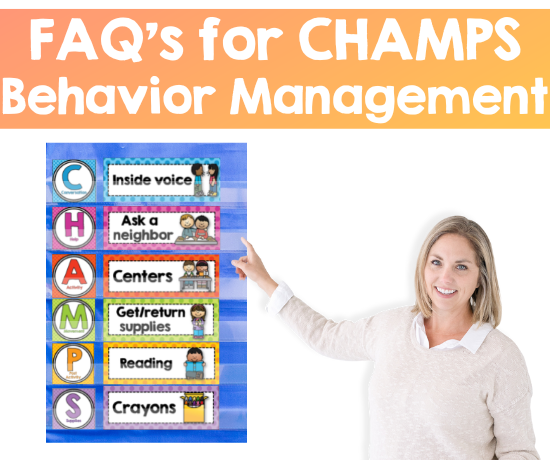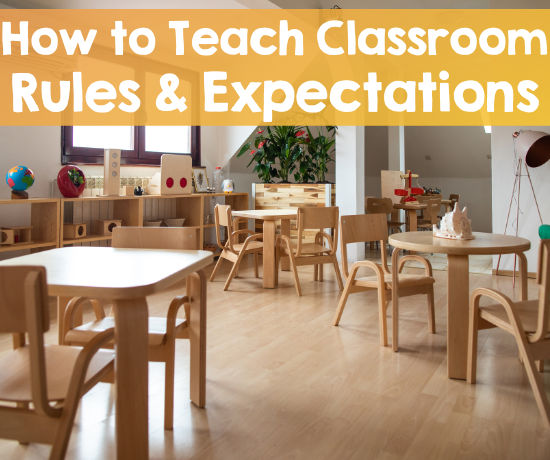Is your classroom behavior management plan not working the way you want it to? Are you having behavior problems with your students that seem to be getting worse as the school year goes on? If so, don’t worry! You’re not alone. Many teachers find themselves in this situation and have to change their classroom behavior management plan mid-year. In this blog post, we will discuss some tips for making this transition as smooth as possible.

Recurring Behavior Problems
First, take a hard look at your recurring behavior problems. What types of behaviors are you seeing again and again? Are they related to one particular student or is it a broader problem? Knowing the answer to these questions can help you identify what needs to be changed about your current classroom behavior management plan.
If it’s one particular student you might want to think about creating an individual behavior plan. If it’s a problem with the class as a whole I always start by writing down a list of when we struggle the most.
Is there a problem with coming to the rug quickly? Is it behavior problems after lunchtime? Really dig into the times when you’ve been the most frustrated that things aren’t running smoothly.
Things need to be changed every year, but I feel that the first 5 years of teaching are the biggest challenge! You constantly have to make tweaks to your procedures to get things running smoothly.
Personally, I struggled with getting the students out the door at the end of the day for YEARS! At my school, we had an afternoon assembly every day and we were continually coming out as the hot mess express!
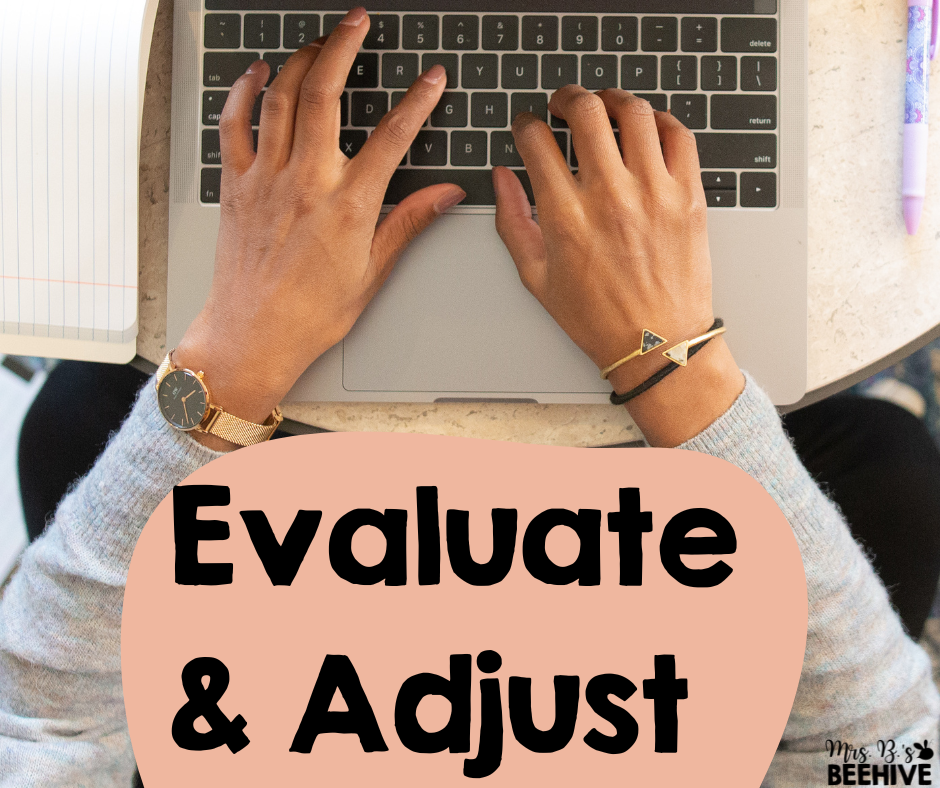
Evaluate Your Current Behavior Management Plan
Once you have identified the areas that need to be improved, take a look at your current classroom behavior management plan. Are there any elements that are working? Are there any areas that could benefit from more structure or clarity? Taking stock of what you currently have in place will help you create an effective strategy for change.
It’s important to understand that you’re not alone in this. Talk to your colleagues who are experiencing the same problems or have already faced and addressed them successfully. They may be able to recommend strategies for change or provide resources that can help you make an adjustment quickly and easily.
Does the physical space need to be adjusted?
When creating a classroom behavior management plan, the physical space of your classroom is an important element. Is your current setup conducive to learning and engagement? Are there distractions that could be removed or added to create a better environment for students? If so, make sure you are taking these changes into consideration when designing your new plan.
I can’t tell you how many problems I have fixed with some simple adjustments to the physical space. Here’s a list of small tweaks I’ve made that helped change behaviors:
- Added more trashcans to the room
- Changed the seating arrangements for a couple of students
- Added more places to turn in work when it was completed
- Implemented a plan for early finishers
- Added “Tidy Tubs” to their table so they didn’t get up as much
- Purchased a better pencil sharpener
- Added a cup for broken pencils
- Made more supplies available for the students to freely use
- Bought better storage systems for supplies
- Labeled supplies more clearly with pictures
- Added cups for lost items like glue caps and marker caps so students could grab a new one quickly if they lost theirs.
These are just a couple of examples of small changes I made that had a big impact on the flow of classroom traffic. Getting rid of traffic jams also gets rid of a lot of behavior problems.

Do new routines need to be put in place?
When making a change in your classroom behavior management plan, it’s important to consider implementing new routines. This could be as simple as creating a designated area for students to complete assignments or setting up daily reminders for them to stay on task. Whatever you choose, make sure the routine is consistent and clear so everyone knows what is expected of them.
When students come back after winter break make sure that you clearly teach these new procedures and reinforce them daily. Sometimes you have to take it all the way back to the beginning of the school year simplicity and that’s okay!
Going back to my issue of dismissal chaos… The first thing I realized was that I wasn’t giving them enough time to pack up. Some kids can do it quickly and others will take hours if you let them. I’ll share the simple routine I came up with just in case this is an area that you struggle with as well.
- We meet on the rug about 20-25 minutes before dismissal and I dismiss the students one by one as they are sitting quietly.
- Each student goes and finds 5 scraps to throw away (sometimes it’s less, sometimes it’s more depending on what art we did and how many students I have that year).
- They meet me by the trash can to show me the scraps. They throw them away and I hand them a wipe.
- Students wipe down tables, chairs, etc. and I praise the students who have the most dirt on their wipes : )
- They throw away their wipe and then go get their folder to add to their backpacks and any other items they need to pack up.
- The first students packed up gets to choose a book for me to read while everyone else slowly meanders to the rug. By the time I’m done with the book, everyone is on the rug.
- I dismiss them one at a time to line up at the door, and we walk out like perfect angels (most of the time).
- While they are lining up I check for any sweaters, water bottles, etc. that need to be reunited with their owner so that nothing is left behind.
This whole sequence of events took me a while to perfect, but at the end of each day, I had a clean classroom and a quiet line walking out to the assembly.
Are your behavior problems bigger than this?
If changing some of the physical layouts of the room or slightly tweaking procedures isn’t going to work for you because your behavior problems are bigger I would suggest looking into the CHAMPS behavior management system.

Using the CHAMPS Behavior Management System to create clear expectations
If you’re looking for a proven system to help you create effective change in your classroom behavior management plan, the CHAMPS system may be just what you need. This system helps teachers define their expectations clearly and provides a structure for students by setting up rules, routines, and consequences that are consistently enforced.
I came across the CHAMPS system when I had a particularly difficult class. Nothing I did seemed to work! CHAMPS is all about explicitly reviewing your expectations for each task. If you’d like to know more about the CHAMPS system just click on the link below:
How To Successfully Use CHAMPS Classroom Management System
I’ve also found great success with using whole-class rewards to help motivate the class toward a common goal.
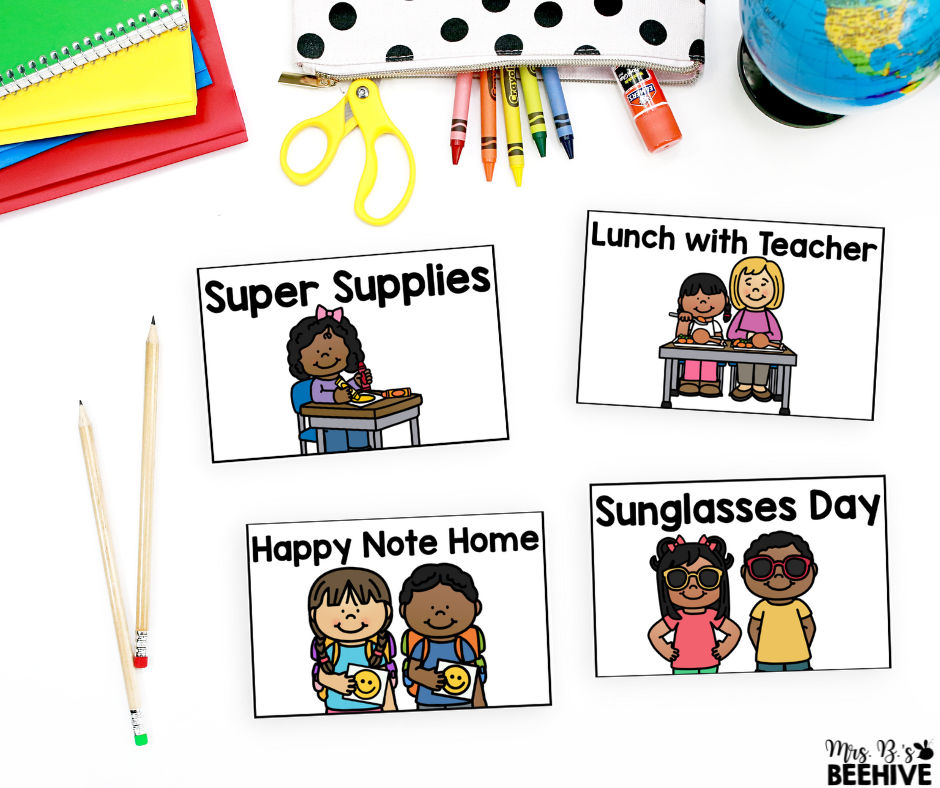
How to Motivate EVERY Student in Your Class
Making an adjustment to your classroom behavior management plan doesn’t have to be stressful. By following the tips above and focusing on what needs to be changed, you can create a successful transition that will benefit everyone in your classroom. Good luck!
